



Apple doesn’t slap the “Air” tag on just anything. The MacBook Air redefined thin-and-light laptops. The iPad Air struck the balance between affordability and premium. Even the AirPods took on the name because they were designed to be almost invisible in daily use. Which is why the iPhone Air feels significant. For the first time, Apple has applied that philosophy to its most important product line, giving us the thinnest iPhone it has ever made — and a Rs 1.2 lakh device that feels almost impossible in the hand.
After using it, switching back to the iPhone 17 Pro Max felt like strapping a dumbbell to my wrist. That’s how drastic the difference is.
Design and Build: A phone that feels like it shouldn’t exist
The iPhone Air measures just 5.6mm thick and weighs 165 grams. Compare that to the iPhone 17 Pro, which is noticeably heavier at 206 grams and thicker at 8.75mm. The difference isn’t just on paper — it’s immediate, almost comical. Pick up the Air and your brain briefly tells you it might snap in half. Then the titanium frame corrects that assumption. It’s paradoxical: a phone that feels fragile and indestructible at the same time.



Apple’s obsession with minimalism is on full display. The edges are nearly flush, leaving very little to grip, and yet it doesn’t feel slippery. The flatness of the design makes it distinct from every other premium phone I’ve held this year. At first, I thought the thinness would be a gimmick. By the third day, I was addicted to it.
Durability: No bendgate repeat
Apple clearly knows the ghosts of Bendgate still linger. Apple showed me a demo and the Air survived over 130 pounds of force without cracking. I tried my own unscientific bend test — firm pressure with both hands — and it didn’t budge. Though to be fair, I did it for fun but there was a moment when my head said this ain’t right. Nevertheless, the Air survived. This is thanks to the combination of titanium, Ceramic Shield 2 on the front, and Ceramic Shield 1 layered over the back. Apple says this sandwich is more durable than anything it has put on an iPhone before, and it shows.
It still feels wrong to think of such a thin device as sturdy, but the Air holds up. No creaks, no flex, nothing flimsy.
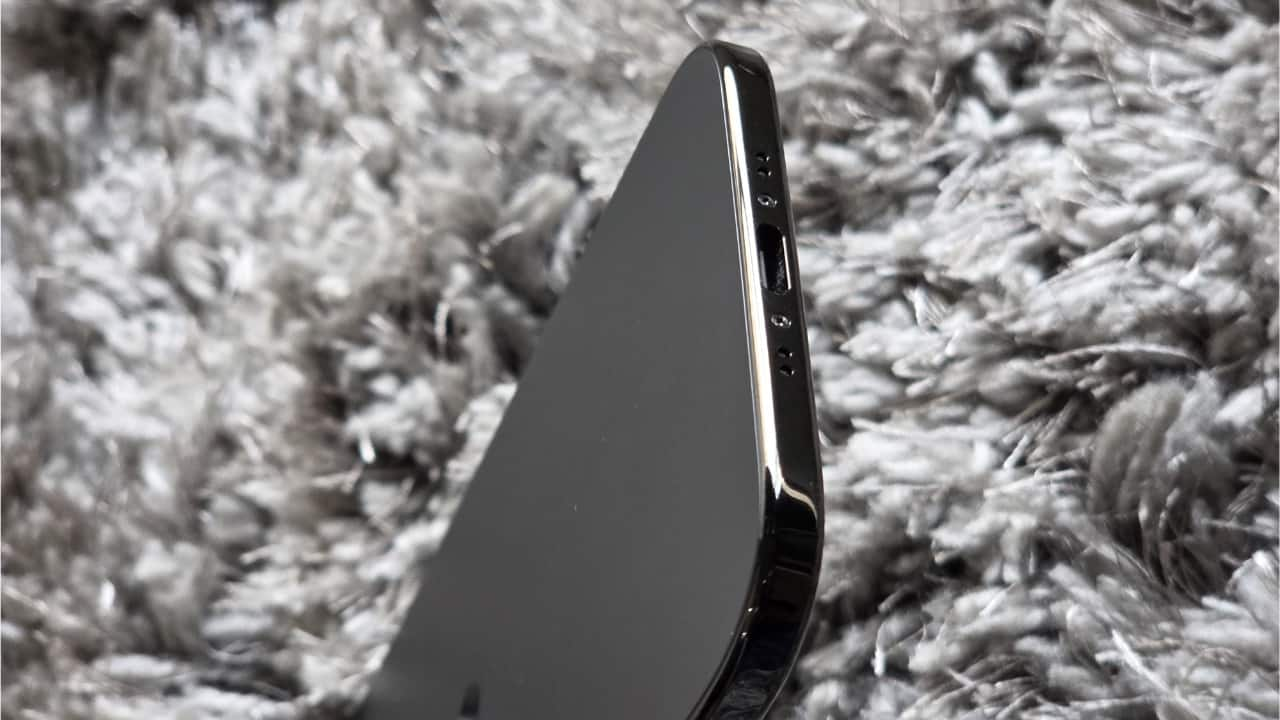
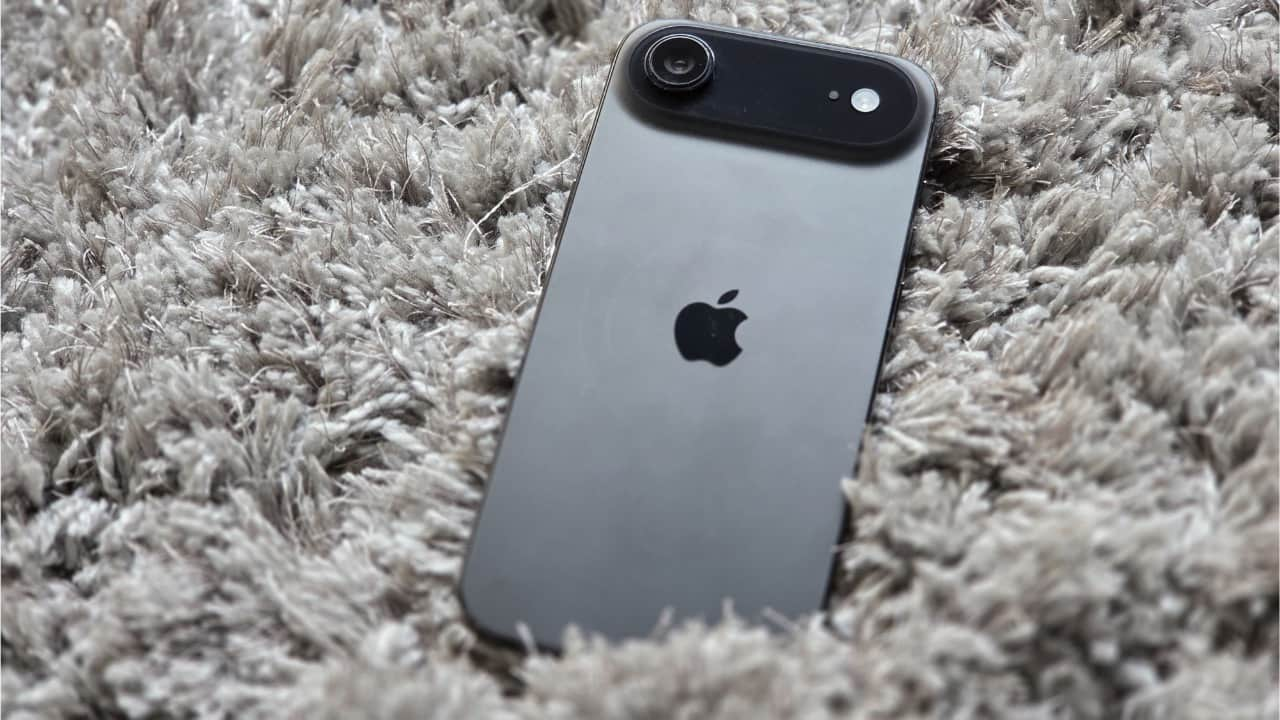
Do I recommend putting a case on it? Honestly, no. It defeats the point of the Air. But Apple’s bumper accessory is clever — it preserves the phone’s slimness while giving you slightly more grip. I didn’t mind it.
One annoyance: despite Apple switching to a horizontal camera bar, the lens still protrudes just enough to make the phone wobble on a flat table. It’s not a deal-breaker, but it’s irritating for a device at this price.
The Air sports a 6.5-inch OLED screen, and it feels surreal that something this large weighs this little. The display is excellent, with improved brightness that holds up even in harsh sunlight. Apple finally put a 120Hz refresh rate on a non-Pro iPhone, and it makes a huge difference. Scrolling feels fluid, animations pop, and the whole interface feels more alive.
This is where the Air makes its strongest case: big-screen experience, minus the bulk.
Battery Life: Better than feared
Let’s address the elephant in the room. A phone this thin is never going to house a massive battery. Apple skipped the rumoured silicon-carbon cell and went with a high-density lithium-ion pack, while leaning on the A19 Pro chip, iOS 26’s optimisations, and the new C1X modem to stretch endurance.
The results are surprisingly efficient. With moderate use, I consistently got through a full day, ending around 10:30 pm with about 15–20% left after five hours of screen time. That’s better than Samsung’s ultra-thin Galaxy S25 Edge, which my colleague said was a bit of battery bummer.
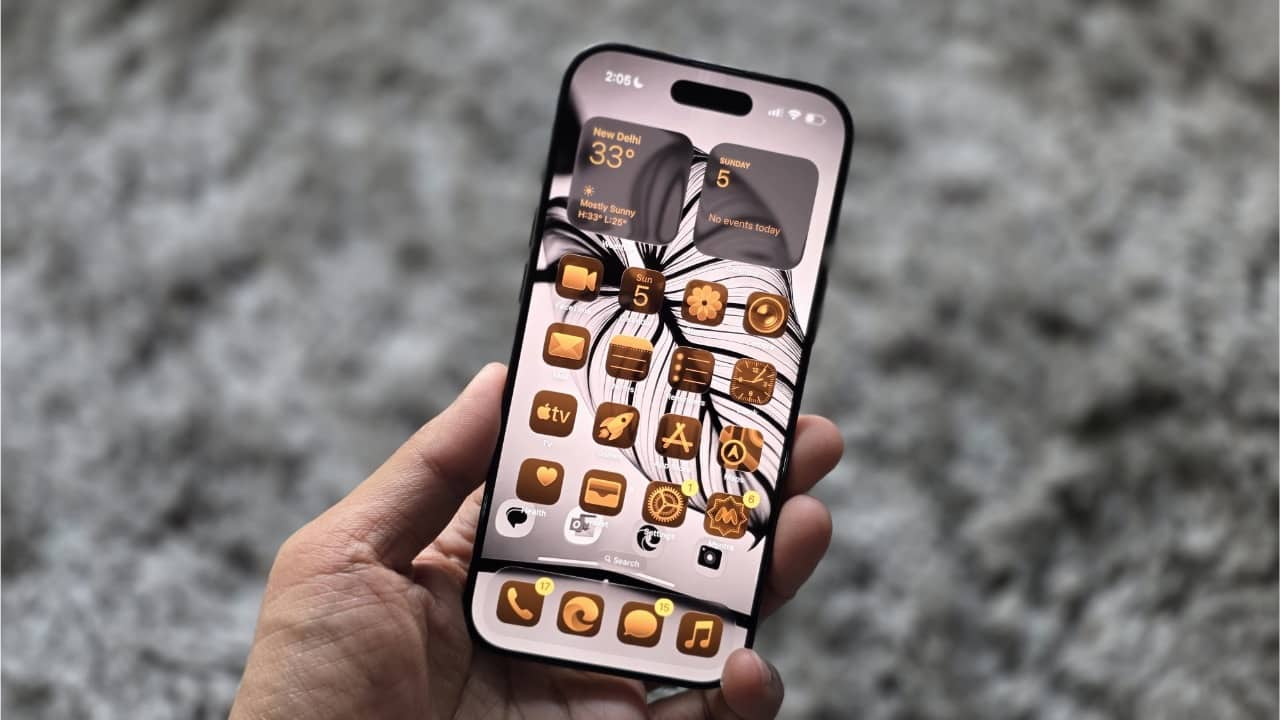
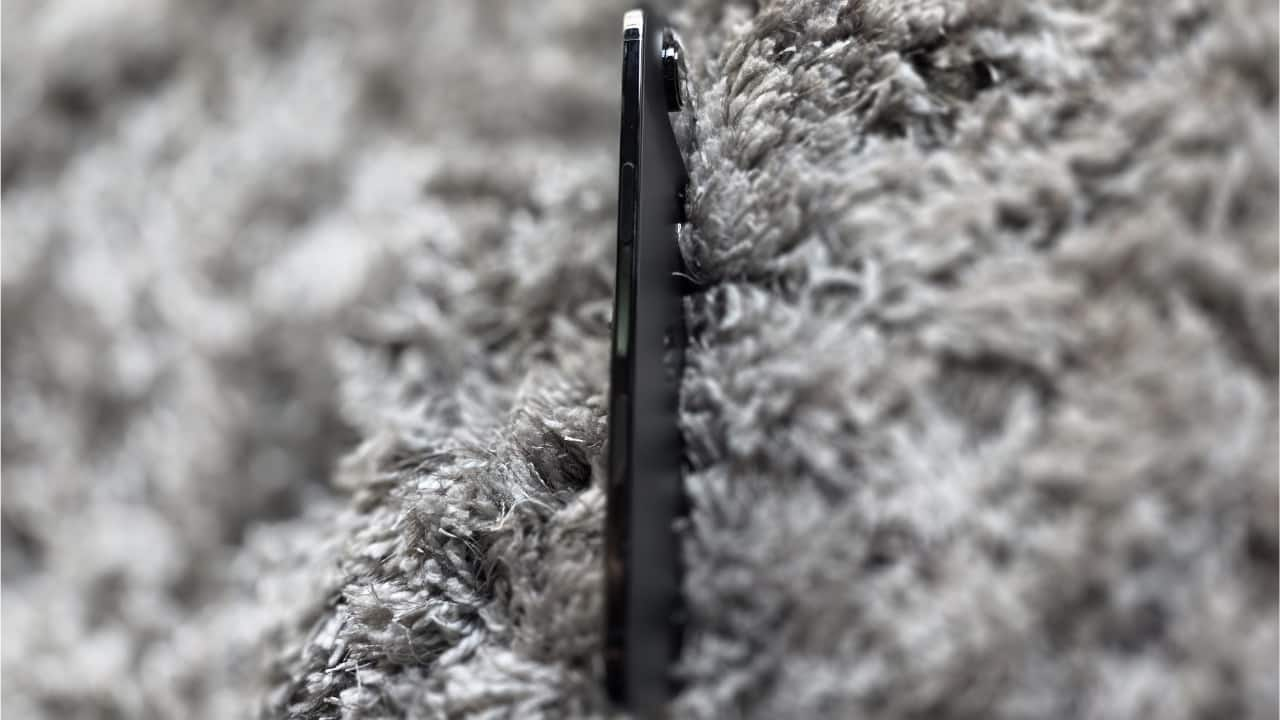


But heavy users? You’ll be reaching for a charger. On a travel day with maps, streaming, calls, and social scrolling, I hit 2% by 4:30 pm. That’s not great for Rs 1.2 lakh. Apple’s MagSafe Battery Pack for the Air helps, but only restores about 68% from empty and adds bulk to a phone that’s supposed to be featherweight.
So yes, the Air will last you a day — as long as your day isn’t punishing.
Performance and connectivity
The A19 chip is absurdly fast, the Air barely flinched at any app or game I threw at it. But push it harder — high-end gaming, heavy video editing — and the lack of a vapour chamber cooling system becomes obvious. The area around the camera gets toasty quickly. Not unusable, but uncomfortable.
Connectivity is fine for most, but it’s odd that at Rs 1.2 lakh, the Air doesn’t support mmWave 5G. It’s limited to sub-6 5G, which covers most Indian and global networks anyway, but the omission feels stingy. The C1X modem, however, is excellent — faster and more efficient than last year’s.
Cameras: The weakest link
This is where Apple compromises. The iPhone Air ships with just one rear 48MP camera, and while it takes good shots in daylight, it feels limiting. No ultrawide, no telephoto, no versatility. Samsung managed to cram two cameras into the Galaxy S25 Edge, so Apple’s excuse doesn’t fully hold. The thing about all — or rather most — iPhone cameras over the year has been their versatility. Point and shoot in any scenario and the iPhone cameras deliver. And that’s why they have been my favourite for years. The Air’s cameras, simply put, lack that versatility.
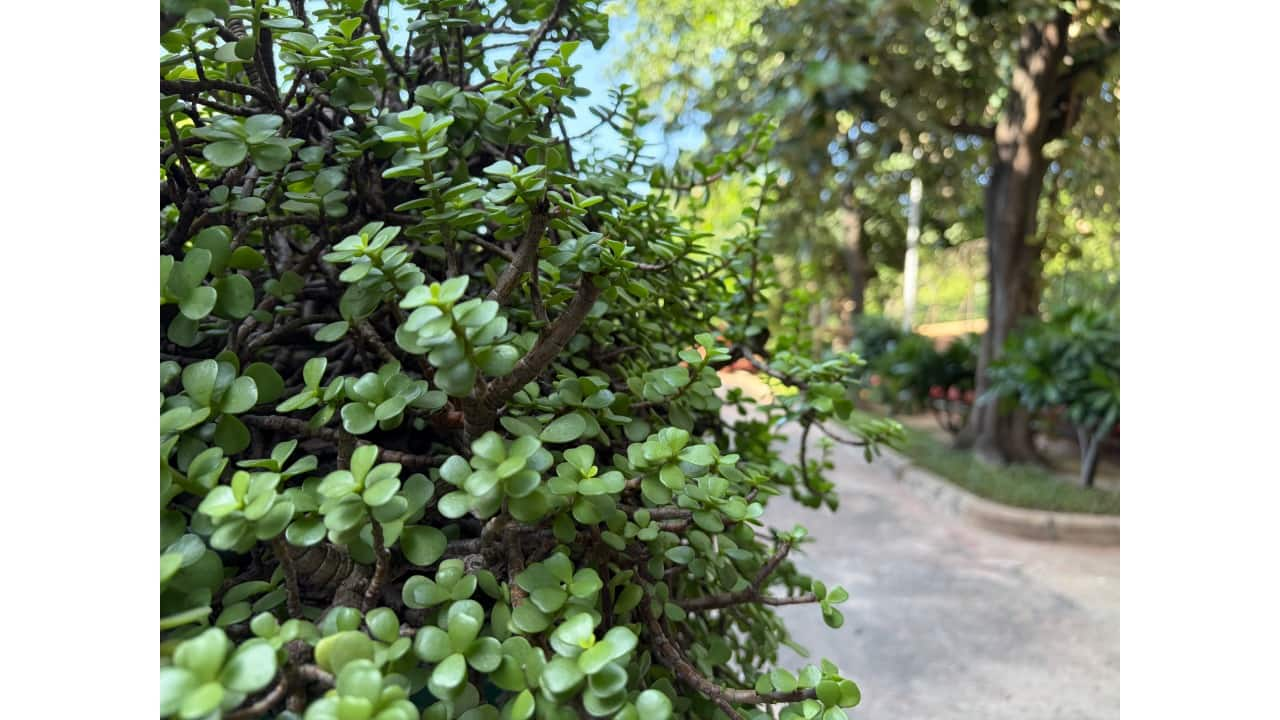




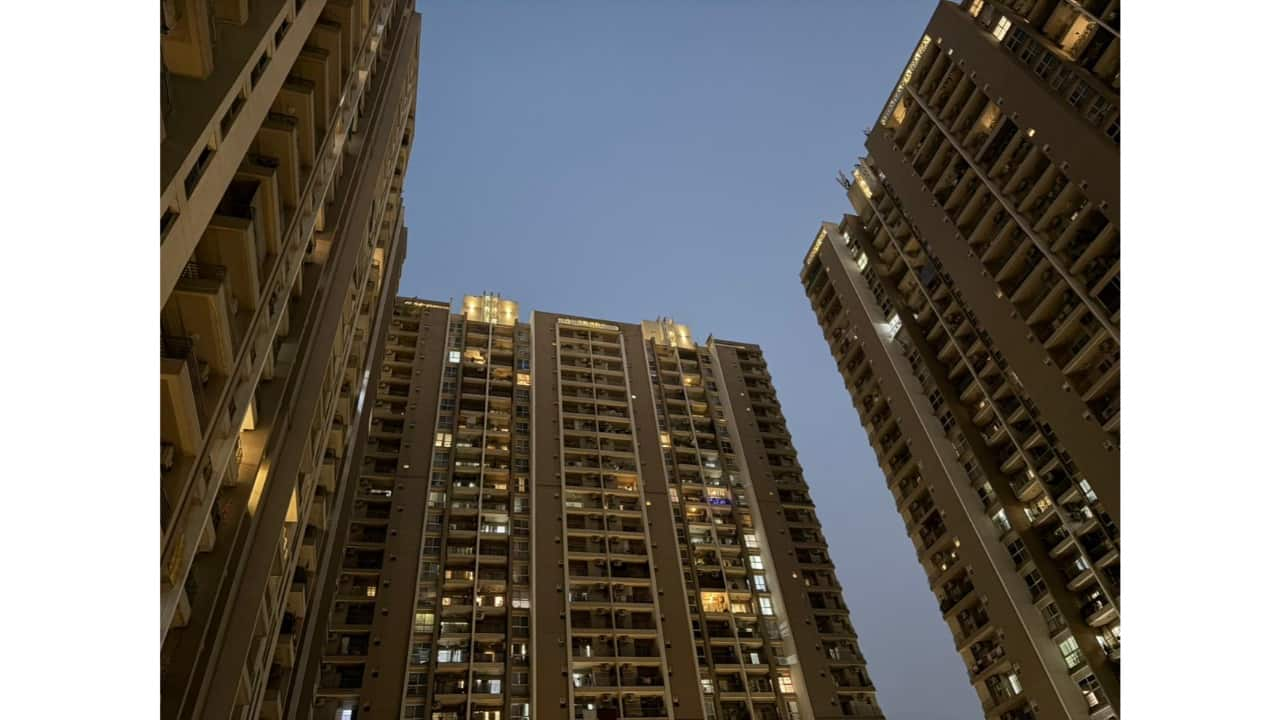
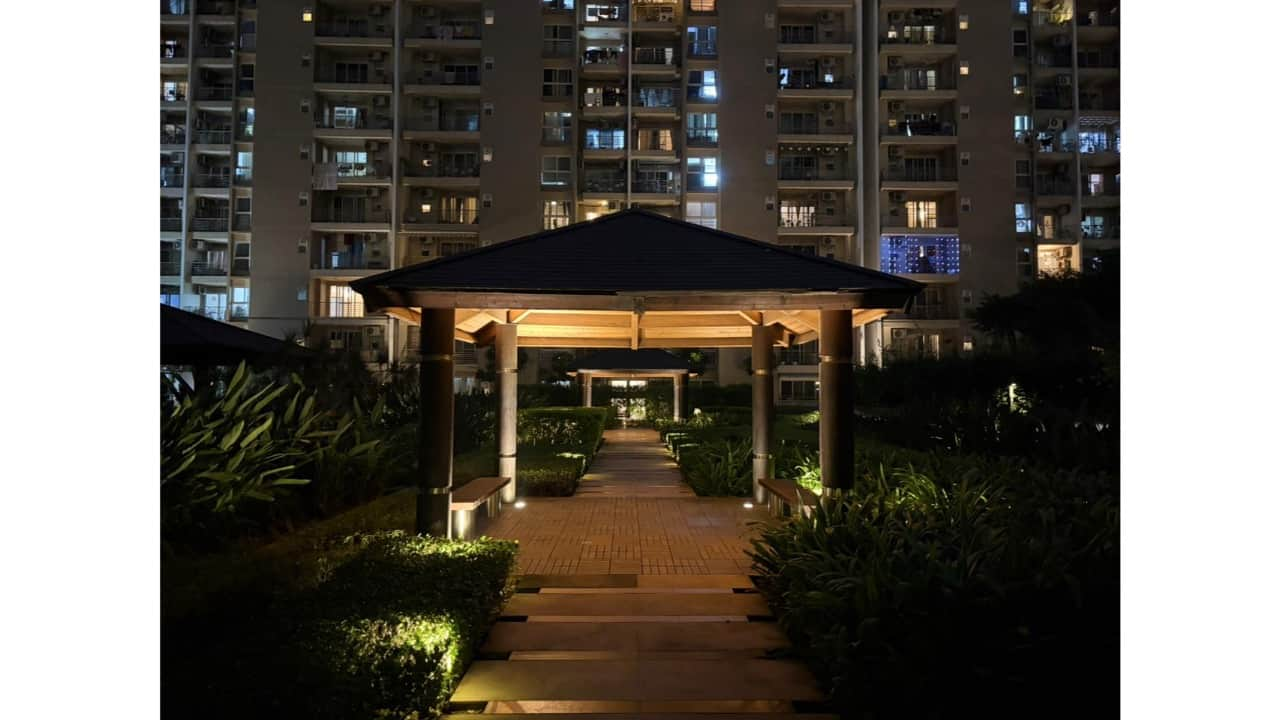

Low-light shots were sometimes bested by the regular iPhone 17, which shares the same sensor. Macro mode is absent, meaning you can’t get up close. The selfie camera is upgraded and is genuinely sharp, with the quirky new square sensor that lets you take both portrait and landscape selfies without rotating the phone.
Video is excellent, though — still better than Samsung and Pixel. Dual Capture, which records from both front and back simultaneously, is fun and higher quality than rival implementations. For vloggers, this alone might justify the Air.
But for photographers, it won’t.
Should you buy it?
The iPhone Air isn’t for everyone. It costs Rs 1.2 lakh, has just one rear camera, and will force power users to compromise on battery life. For most people, the iPhone 17 — or the 17 Pro if you want the works — is the smarter buy.
But for a niche group, the Air is intoxicating. If you’ve ever loved the iPhone Mini for its smallness, the Air scratches that itch in a completely different way. It makes every other phone feel unnecessarily heavy.
The iPhone Air is Apple flexing its design muscles. It’s thin, it’s durable, it’s a joy to use — but it’s also overpriced and compromised. The “Air” moniker, though, has never felt more appropriate. Like the MacBook Air before it, this is a product that prioritises feel and experience over raw specs.
Perhaps most importantly, the iPhone Air shows us where Apple is heading. This feels like a stepping stone — the kind of engineering groundwork you’d expect before Apple eventually unveils a folding iPhone.

Discover the latest Business News, Sensex, and Nifty updates. Obtain Personal Finance insights, tax queries, and expert opinions on Moneycontrol or download the Moneycontrol App to stay updated!
Find the best of Al News in one place, specially curated for you every weekend.
Stay on top of the latest tech trends and biggest startup news.